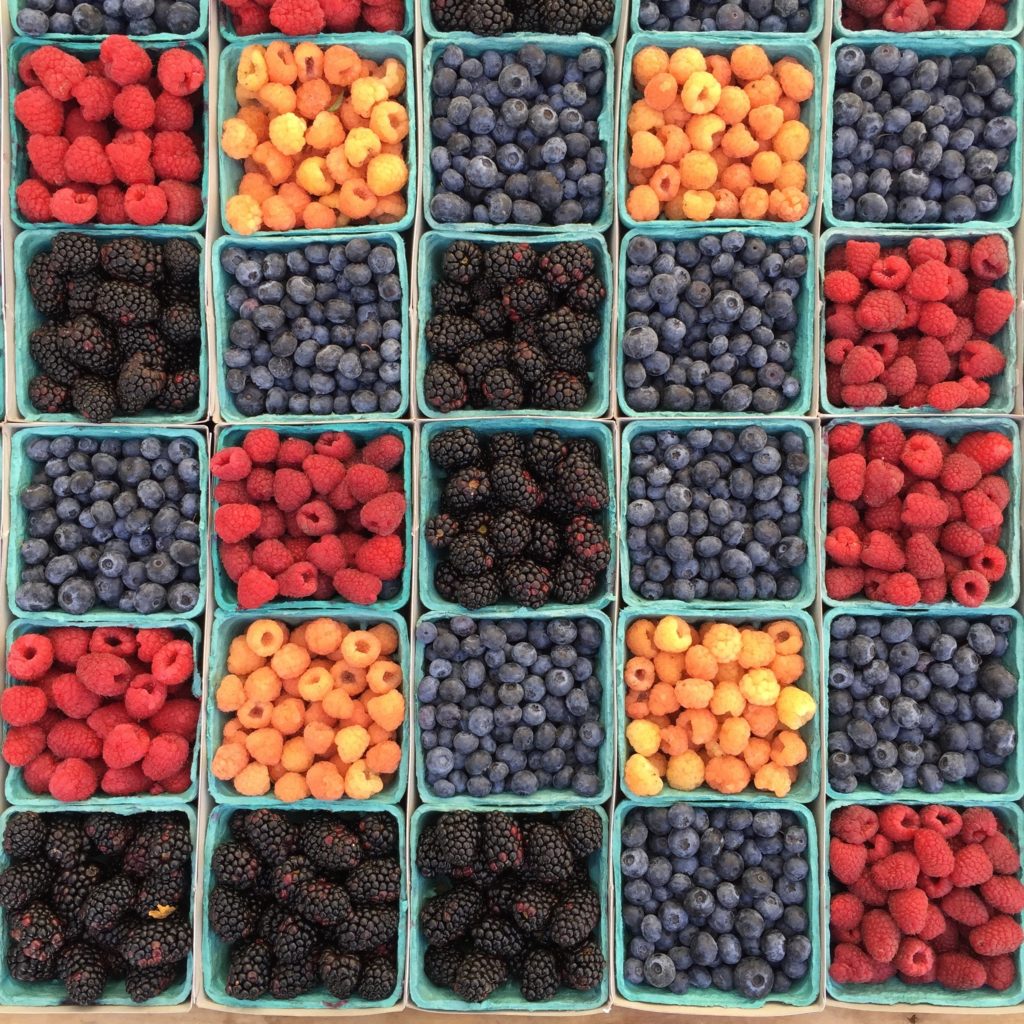All fields are required
Posted in Food Safety,Our Blog on December 9, 2018

We live in an age of scientific wonders. That’s a statement so obvious that it’s very nearly banal, but it’s also true; all around us, scientific advancement is picking up the pace, churning out unheard-of new technologies and techniques at an incredible clip. That’s true for food safety, as it is for many fields; nonetheless, many barriers to adoption of these new technologies remain in place. Here’s the latest Food Safety Tech lowdown.
In Europe, there’s a group called i3 that’s breaking down those barriers. The group consists of research institutions, small and medium sized businesses, and large industry partners drawn from across the European union. They’re working in concert to improve food processing by implementing novel tech that promising but hasn’t yet been picked up by the industry. Specifically, the i3 group is interested in three particular technologies: Pulsed Electric Field preservation for liquid food products like fruit juice, high pressure thermal sterilization for thermal meals, and low shear extrusion for cold food products like ice cream.
While all three of these technologies have shown promise for improving the workflow in processing certain foods, none have yet been widely adopted by the industrial food processing sector. The i3 group has been trying to change that by, well, adopting the technology: they’re trying to put the different methods to work in real-world industrial facilities.
That means buying equipment and modifying production lines, but there’s a lot of other work that needs to be done as well. Hazards and risks for the different processes need to be identified, and protocols need to be adopted to mitigate them. There’s a lot of sensor installation that needs to go down so that critical control points can be managed and workers at the plant can be sure that appropriate levels of electricity or heat are being applied to different products in order to treat them.
Technical implementation of the technologies, however, is only half of the work that does. Once they’ve got the process working on the factory floor, the group is interested in scalability. How can what they’ve learned about implementation be spread to the wider market? What are the bottlenecks that might limit adoption of these technologies, and what opportunities exist that could be taken advantage of in order to speed the spread of these new processes?
On their website, i3 defines their long term goal as developing a clear strategy for getting the market behind the adoption of the three technologies that they focus on: “A scientific cutting edge strategy for overcoming the market barriers ensuring rapid and maximum market uptake will be defined. A clear description of possible applications and potential benefits will serve as an excellent basis for the dissemination activities. i³-Food will extremely benefit from results of national, trans-national and European food technology projects”
The three technologies that the group focused on are all focused on food processing that’s effective at sterilizing pathogens that might be present with minimal changes or damage to the food in question. Pulsed field electrical preservation uses short electrical pulses to deactivate microbes in liquid food products like smoothies or fruit juice with minimal changes to the texture, taste, and content of the food. High pressure thermal sterilization is an adaptation of a very old technology – heating food up to kill the microbes. By adding high pressure into the mix, it’s possible to achieve the same result with much lower heat. That’s good news for foods that are changed by exposure to high heat, as they can now be processed without becoming unrecognizable. The third tech, low-shear extrusion, has to do with how ice cream gets made; it makes it possible to extrude such foods at low temperatures, which allows for higher fidelity with regards to qualities like mouthfeel, texture, and taste.
The i3 project has so far been successful in pursuing their goals, declaring that they had the roadmap for market implementation that they’d been working for back in March. Now, six months later, we’re starting to see the fruits (so to speak) of their labor. In the European Union, a group called EcoBerries has adopted some of the tech that i3 has labored to make viable.
Specifically, they’re using high pressure and pulsed electrical fields in the processing of berries, which you may have already guessed from their name. Using high pressure homogenisation, they’ve been able to sterilize fruit juices without spoiling them. Ultimately, the process produces a bottle of juice with a much longer shelf life than normal; phys.org reported that the team were able to achieve a month or two months, depending on the kind of juice.
EcoBerries is also using the pulsed electrical technologies that i3 has worked to make more practical and accessible. They’ve adopted and built on i3’s work by combining the electrical pulses with a process called osmotic dehydration. Together, these two technologies improve the transfer of water mass, which dramatically reduces processing time for semi-dried berries. That’s been hailed as a boon by EcoBerries because it makes the work that they do that much more sustainable.
Just because there’s a roadmap, of course, doesn’t mean that these new technologies will be adopted in the near future. Market conditions can change, unexpected problems can emerge, and all sorts of other things could potential throw a wrench into the works. What’s promising is that there’s effort being expended to improve the food processing tech that’s presently in use. And sometimes, in the world of food safety, a little good news is exactly what’s needed.
By: Sean McNulty, Contributing Writer (Non-Lawyer)